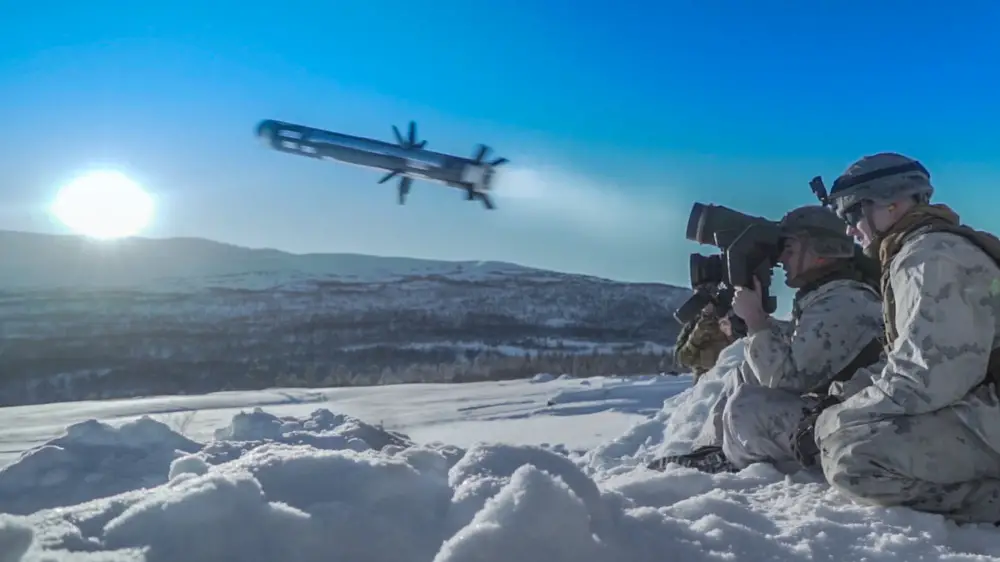Raytheon/Lockheed Martin Javelin JV, Tucson, Arizona, was awarded a $71,412,090 modification (P00066) to contract W31P4Q-19-C-0076 for the Javelin Missile System. Raytheon Lockheed Martin Javelin JV produces the Javelin weapon system which serves as single-user portable anti-tank weapon system. Raytheon Lockheed Martin Javelin JV offers features including guided munition and surveillance technology. Work will be performed in Tucson, Arizona, with an estimated completion date of Feb. 28, 2025. Fiscal 2022 missile procurement, Army funds; and Foreign Military Sales (Thailand, Norway, Albania and Latvia) funds in the amount of $71,412,090 were obligated at the time of the award. U.S. Army Contracting Command, Redstone Arsenal, Alabama, is the contracting activity.
The FGM-148 Javelin, or Advanced Anti-Tank Weapon System-Medium (AAWS-M), is an American-made portable anti-tank missile system in service since 1996, and continuously upgraded. It replaced the M47 Dragon anti-tank missile in US service. Its fire-and-forget design uses automatic infrared guidance that allows the user to seek cover immediately after launch, in contrast to wire-guided systems, like the system used by the Dragon, which require a user to guide the weapon throughout the engagement. The Javelin’s high-explosive anti-tank (HEAT) warhead can defeat modern tanks by top attack, hitting them from above, where their armor is thinnest, and is also useful against fortifications in a direct attack flight. The Javelin had been used in around 5,000 successful engagements.

Javelin is a fire-and-forget missile with lock-on before launch and automatic self-guidance. The system takes a top attack flight profile against armored vehicles, attacking the usually thinner top armor, but can also make a direct attack, for use against buildings, targets too close for top attack, targets under obstructions and helicopters. It can reach a peak altitude of 150 m (490 ft) in top attack mode and 60 m (200 ft) in direct attack mode. Initial versions had a range of 2,000 m (6,600 ft), later increased to 2,500 m (8,200 ft). It is equipped with an imaging infrared seeker. The tandem warhead is fitted with two shaped charges: a precursor warhead to detonate any explosive reactive armor and a primary warhead to penetrate base armor.
The missile is ejected from the launcher to a safe distance from the operator before the main rocket motors ignite – a “soft launch arrangement. This makes it harder to identify the launcher, though backblast from the launch tube still poses a hazard to nearby personnel. The firing team may move as soon as the “fire-and-forget” missile has been launched, or immediately prepare to fire on their next target. The missile system is sometimes carried by two soldiers consisting of a gunner and an ammunition bearer, although one soldier can fire it. While the gunner aims and fires the missile, the ammunition bearer scans for prospective targets, watches for threats like enemy vehicles or troops and ensures that personnel and obstacles are clear of the missile’s launch backblast.















